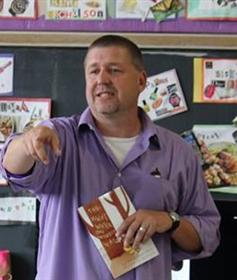
David Cunningham has worked with children, many of them under-privileged for over twenty-five years. He has listened to their stories, loss and pain incorporating these themes into his book to teach children the skills to face their fears. David resides in Massachusetts is married to Michelle and has three children AJ, Henry, Annie and a dog Woodrow. We talked to him about his new book, The Wacky Winter on Wiggly Way.
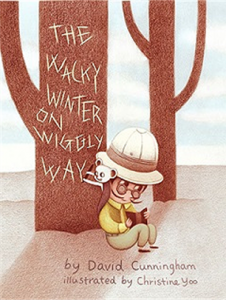 Bianca Schulze: The Wacky Winter on Wiggly Way is an intricate tale that aims to expose middle grade readers to some of the adversities of young adulthood. Can you tell us a little about how you originally came up with the idea for this book?
Bianca Schulze: The Wacky Winter on Wiggly Way is an intricate tale that aims to expose middle grade readers to some of the adversities of young adulthood. Can you tell us a little about how you originally came up with the idea for this book?
David Cunningham: The idea for book evolved from my own journaling into a tale of redemption. The impetus was my effort to explain to my children my own struggle with personal loss, fear and self-doubt. I was able to blend some real life adversity into a story of strength and humor. Three of the characters, Henry, Annie and Arthur were inspired by my own kids and the remaining characters are composites of people I have known through the years. Once I started writing, it all came together, however the surprise ending has left readers wanting more.
BS: Your work with under-privileged children for over twenty-five years provided you with many real stories of loss and pain. Through the eyes of the main character, Stuart, you have incorporated these themes into your book and readers are introduced to the concepts of fear, loss and doubt; as well as self-discovery and inspiration. With the goal to showcase to children skills to face their fears, which particular instant or character in the book do you feel provides the most introspective moment for readers?
DC: Pain and loss are universal. We all experience these emotions throughout our lives, however many children struggle with identifying these uncomfortable emotions as a healthy part of growing up. I have worked with youngsters who have experienced loss and trauma. Listening to their stories and teaching them skills of resiliency through the written word has better equipped them with some tools to overcome their own barriers in life. A great character example in the book, is the fragile opera singer Ophelia. She embodies strength and overcomes her weakness of self-doubt in the final chapter. She demonstrates the courage to sing, conquer her insecurities and bring down the wall built by the angry landlord, Piggly Wiggly. Her vulnerability and panic attacks make her the ideal yet most unlikely candidate to take the risk to face her fears.
BS: There are a multitude of colorful characters that are all very important to the telling of your tale. Pick three and share with us what each of these characters bring to the story in terms of their ability to capture a reader’s attention?
DC: Kids love talking animals and Henry and Annie stand out from the crowd. Each animal serves a distinct purpose: almost as the voice of reason for both Stuart and Isabelle, respectively. Henry challenges Stuart to write and Annie points out the need for love in Isabelle’s life. Henry and Annie keep the story moving and poke fun at some of the wackiness of life at the boarding house. Another important character is the young boy who visits the home throughout the tale. Arthur plays a subtle yet instrumental role in this story. He brings the friends together with his visits to the house. He symbolizes a young soul who has experienced significant loss, yet finds hope and friendships at One Wiggly Way. After he arrives-good things happen.
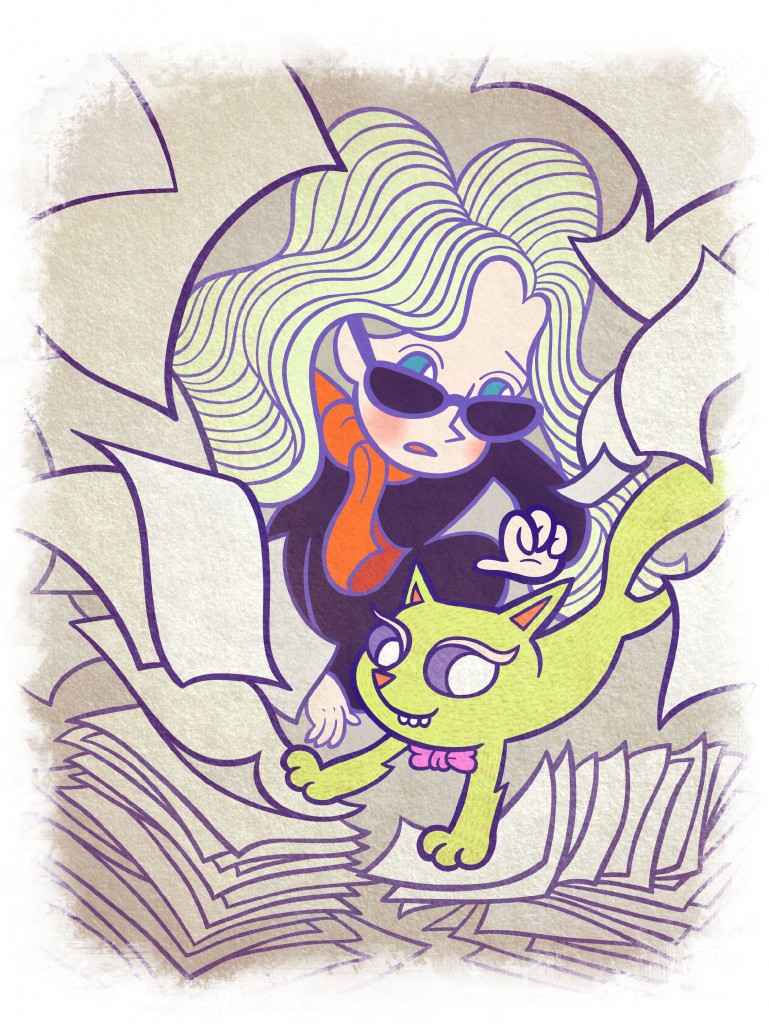
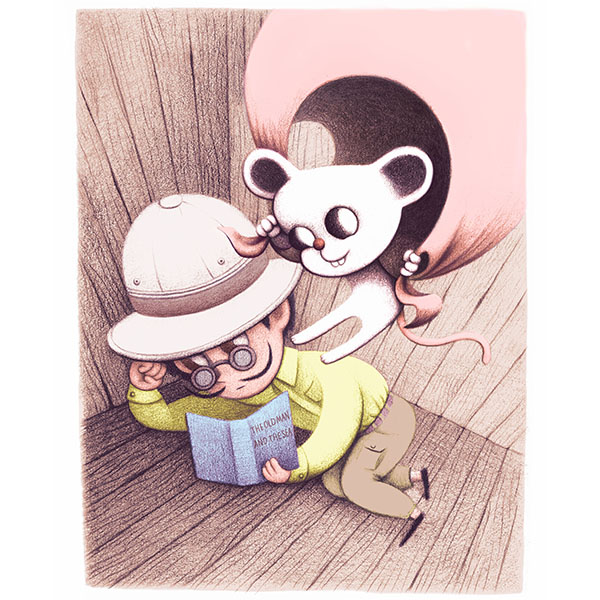
BS: Christine Yoo has provided some wonderful illustrations that add a great visual dimension to your well-developed characters. Can you tell us about your partnership with Yoo and why you selected her to be your illustrator?
DC: Christine graduated from the Rhode Island School of Design and I immediately gravitated to her dark yet welcoming characters. Christine read the story and was able to capture not only the physical characteristics in her illustrations, but most importantly their personalities. She is an amazing artist and her drawings breathe life into the book.
BS: The pictures help younger readers to remain connected with the story and the cartoonish appearance also adds an element of lightness to the deeper concepts. How did you decide on how many illustrations you wanted and where to place them on the pages?
DC: Again, most of the credit here goes to Christine. She provided me guidance and vision for the layout of the book. She has a solid grasp of the visual layout and the reader’s need to connect the illustration with content on the page. Each illustration captures the theme of the chapter and is placed strategically in the book. We have received great feedback from readers about the illustrations especially the one with Isabelle dangling the tootsie roll to Arthur through the text on the page.
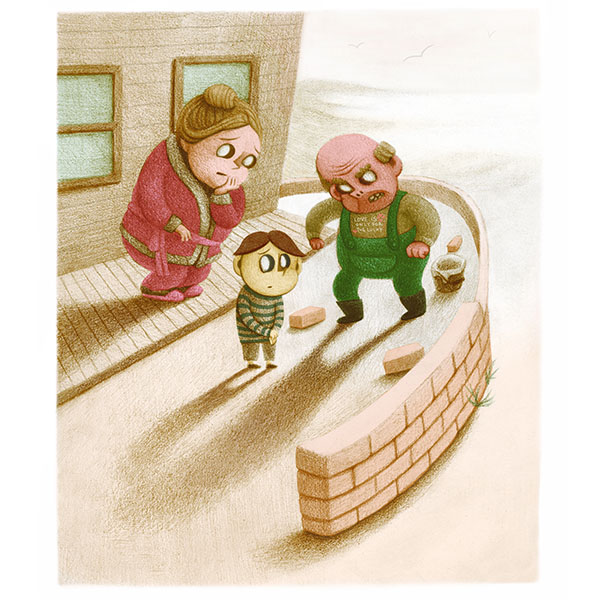


BS: What feedback have you received from children that have read your book?
DC: I have received wonderful reviews from the children and their parents. Here are a two examples:
Ruby (9 yrs. old) “”I loved this book because it made me feel so bad for the characters, and then so happy. If you choose to get it (which you definitely should), it will make you feel really emotional. Also, The Wacky Winter on Wiggly Way is mysterious and it reveals most of its mysteries, but on some things it leaves you hanging. If you like fantasy and realistic fiction combined, this is the book for you.
My 10 year daughter Grace read this book and says “I loved it”! This book put her on an emotional roller coaster as it made her feel true empathy for the characters struggles. It was a great book that created a dialogue to discuss what appropriate rules are and why they are important. My daughter also loved how the illustrator really brought the characters to life.
BS: Do you have a specific writing formula that you use when writing?
DC: I started with a storyboard, but once I started writing the characters started to drive the writing process. The book ended differently than it was originally planned and that was mainly due to the growth of the characters as they worked together to resolve their issues. The book is dialogue rich and we learn more about the characters from what they say and how they react to one another rather than how they look.
BS: Which published children’s book author do you think has had the biggest impact on the way you write for children?
DC: Shel Silverstein tells stories with outstanding lessons in morality combined with unique illustrations to create a visual foundation. The stories are fun and I believe an important tenet of reading.
BS: What should we expect to see from you next?
DC: My next book is scheduled for a 2015 fall release. The working title is The Women of Wiggly Way. Like the most recent title’s use of The Old Man and the Sea, the next book will use another American classic The Crucible as a centerpiece of the story. Stuart and the gang will head to the fictional town of New Salem where they will tackle the issues of relational aggression among teenage girls. Stay tuned!
BS: Is there anything else you would like to share with us?
DC: Yes, I extend my thanks to my family, friends and the fandom who have provided me inspiration and support for this project. The feedback has been great. I have partnered with local libraries, schools, Westhab and the Boys and Girls Clubs of America who have provided me forums to share this wonderful yet wacky story. There is also a song written by Jeff Conlon to go along with the book.
For more information, visit:
Amazon: www.amazon.com
Facebook: www.facebook.com/Wigglyway
Read The Children’s Book Review‘s full review of The Wacky Winter on Wiggly Way.
The Author Showcase is a place for authors and illustrators to gain visibility for their works. This article about David Cunningham and “The Wacky Winter on Winter Way” was sponsored*. Learn more about marketing books and finding an Author Showcase book marketing plan that is right for you …
